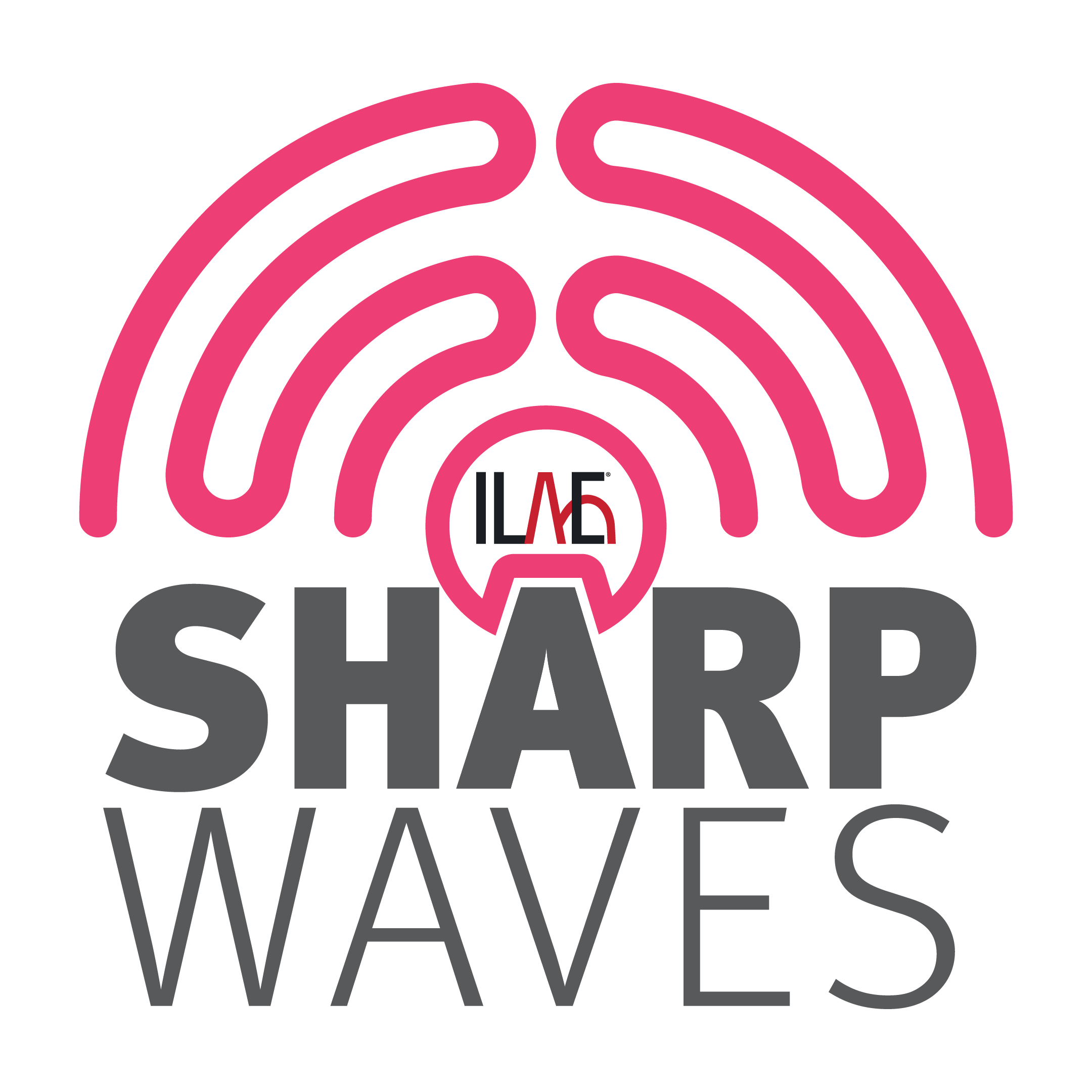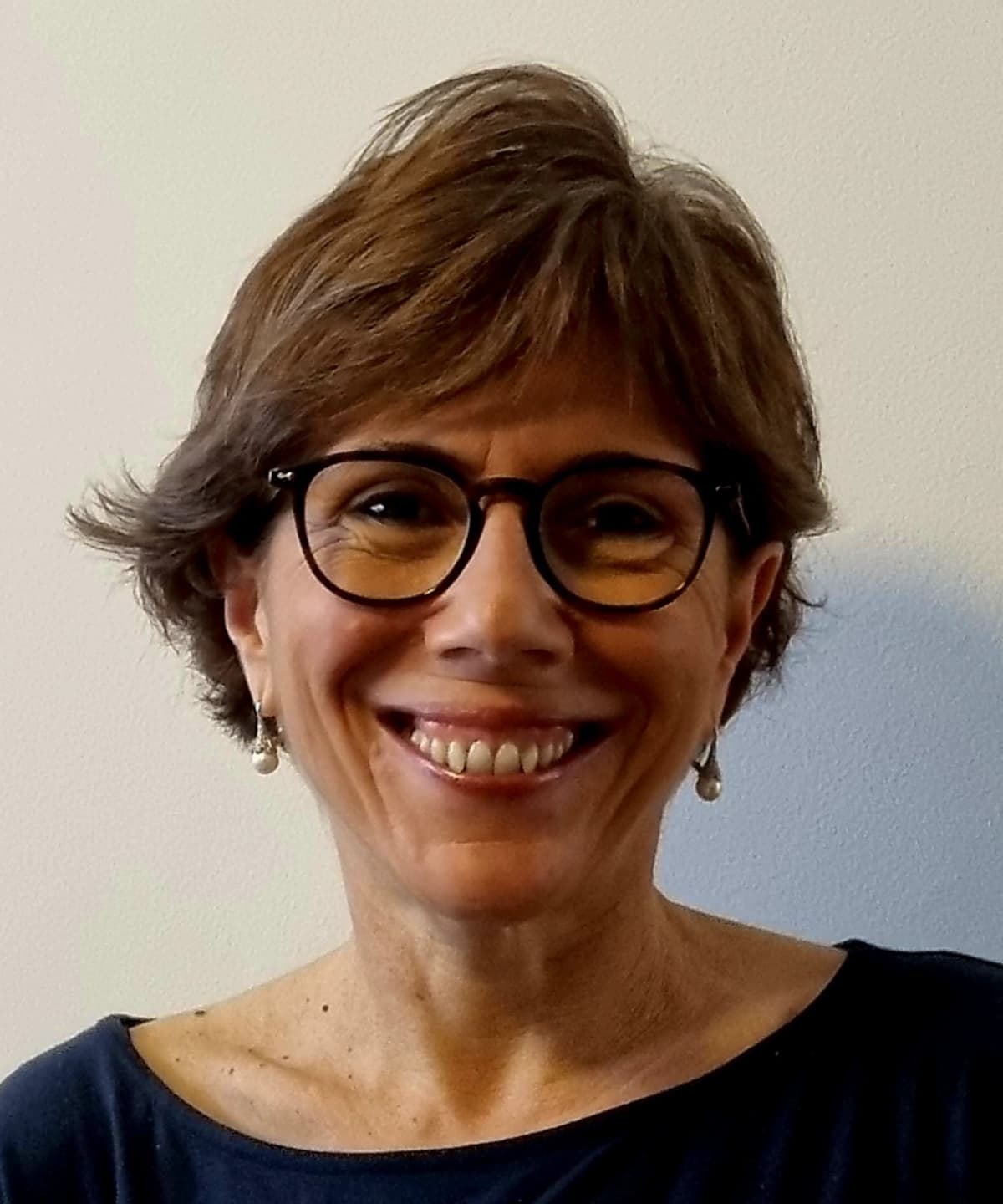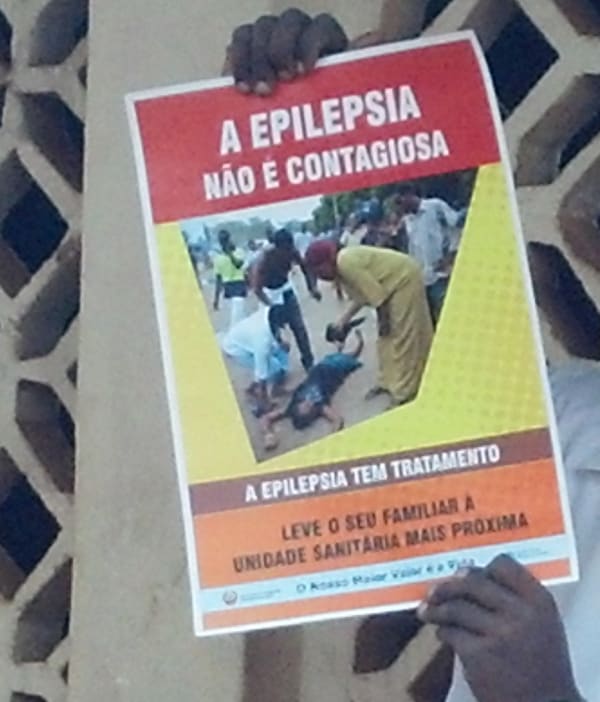In northern Nigeria, more people need epilepsy treatment than traditional medical care can support. Dr. Edwin Trevathan discusses projects aimed at identifying children with undiagnosed epilepsy and improving access to care, as well as research to better understand the risks and prognosis of pediatric status epilepticus.



